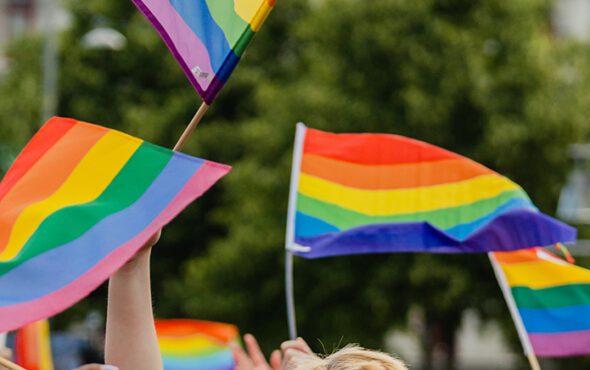
The 2021 census data report has shed a light on England and Wales’ LGBTQ+ community for the first time.
Back in 2020, The Office for National Statistics (ONS) announced that they would ask questions concerning gender identity and sexual orientation in the 2021 census.
“Without robust data on the size of the LGBT population at a national and local level, decision-makers are operating in a vacuum, unaware of the extent and nature of disadvantage which LGBT people may be experiencing in terms of educational outcomes, employment, and housing,” Iain Bell, ONS’ deputy national statistician, explained to The Observer.
On 6 January (Friday), the ONS finally released the groundbreaking data to the UK public.
According to the report, 1.5 million people aged 16 and older (3.2%) identified as gay, lesbian, or bisexual, while 43.4 million individuals (89.5%) identified as straight or heterosexual.
748,000 people (1.5%) described themselves as gay or lesbian, 624,000 (1.3%) identified as bisexual, and 165,000 (0.3%) selected “other sexual orientation,” which included the pansexual, asexual and queer identities.
While a large number of individuals opened up about their sexual orientation, 3.6 million people (7.5%) left the question blank.
The census report also asked individuals if the gender they identified with was the same as their sex registered at birth, which resulted in 94.0% of the population aged 16 or over answering “yes” and 0.5% answering “no.”
In addition to the two groups, 2.9 million people (0.6%) refrained from answering the gender-based question.
Data now live ➡️ https://t.co/uc6st6GIKe https://t.co/a1KUlp7bGF
— Office for National Statistics (ONS) (@ONS) January 6, 2023
The report also revealed that 48,000 (0.2%) identified as a trans man, 48,000 (0.10%) identified as a trans woman, 30,000 (0.006%) identified as non-binary and 18,000 (0.04%) identified as a different gender identity.
Lastly, England had a slightly higher percentage of people who reported that their gender identity was different from their sex at birth, with 0.55%, compared to Wales’ 0.40%.
As for the region with the most LGBTQ+ people, London took the cake, with 4.3% of people identifying with an LGB+ orientation and 0.91% of people stating that their gender identity differed from their sex at birth.
Shortly after the data was released, scientific figures and LGBTQ+ activists praised the newfound information in various statements.
Office for National Statistics (ONS) director Jen Woolford said: “Having these first census estimates about the population [of England and Wales] in relation to gender identity, as well as sexual orientation at a local level, is crucial.
“This is just the first snapshot. In future analysis we will be exploring sexual orientation and gender identity by key demographic variables, such as age and sex, as well as employment, health, education and ethnicity, among others.”
Matthew Belfield, a spokesperson for the LGBT Foundation in Manchester, echoed similar sentiments in a statement to the BBC.
“Manchester is such a hot spot for the LGBTQ+ community, but other communities aren’t so lucky,” Belfield explained.
“By asking these type of questions on a national level, it means that resources will be allocated in the correct way, that their communities will have their needs addressed.”



